Australian beekeeping for beginners: how to get honey without being stung
It is possible to harvest your very own fresh honey without the risk of being stung. Here’s how.
Why on earth would you choose to keep 20,000 noisy insects in your backyard, when they can sting you as easily as look at you (with their five eyes)?
As it happens, Australia has thousands of apiarists (also known as beekeepers): 25,000 registered beekeepers producing 30,000 tonnes of honey.
That’s not to mention the thousands of hobbyists, who don’t even have to register their hive if they have non-stinging native bees (more on that later).
Honey is only part of the reason for such numbers.
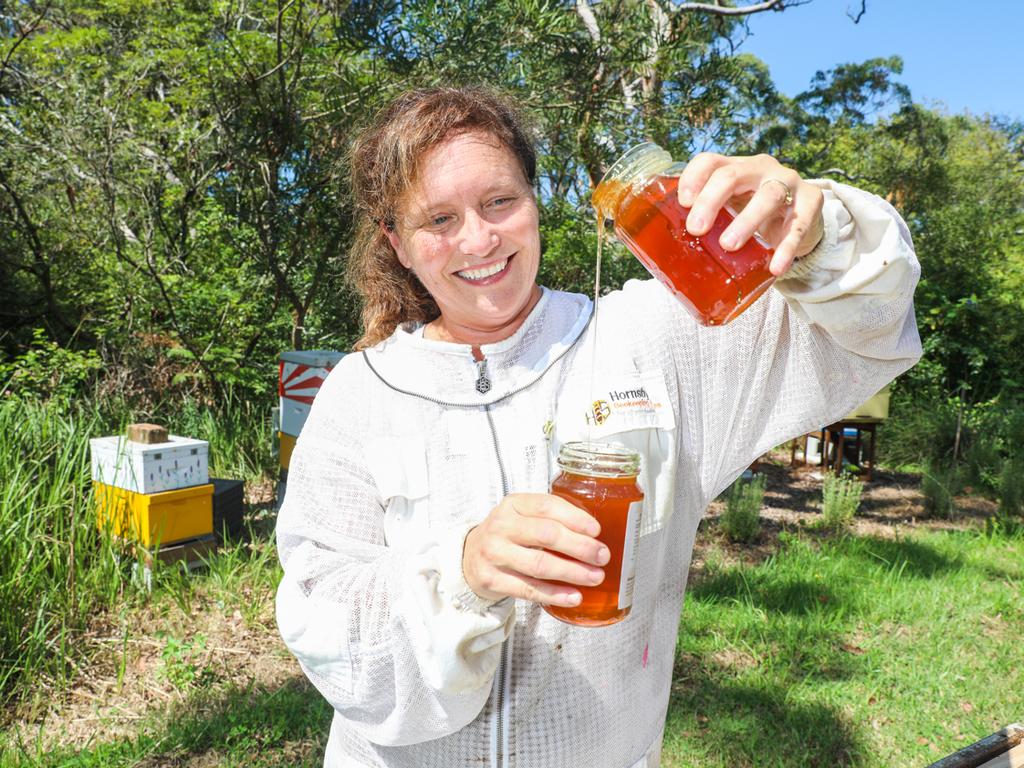
Many keepers talk of the fascination around such interesting creatures and also the feeling of wellbeing from contributing to the environment.
In many ways keeping bees is like the centre of a Venn diagram, where the intersecting circles represent gardening, farming and keeping pets.
A beehive is quite literally a hive of activity from which you can learn something new every day and feel completely connected to the cycles and seasons of nature.
Expect the occasional sting, but with a few tips you should be(e) pretty safe.
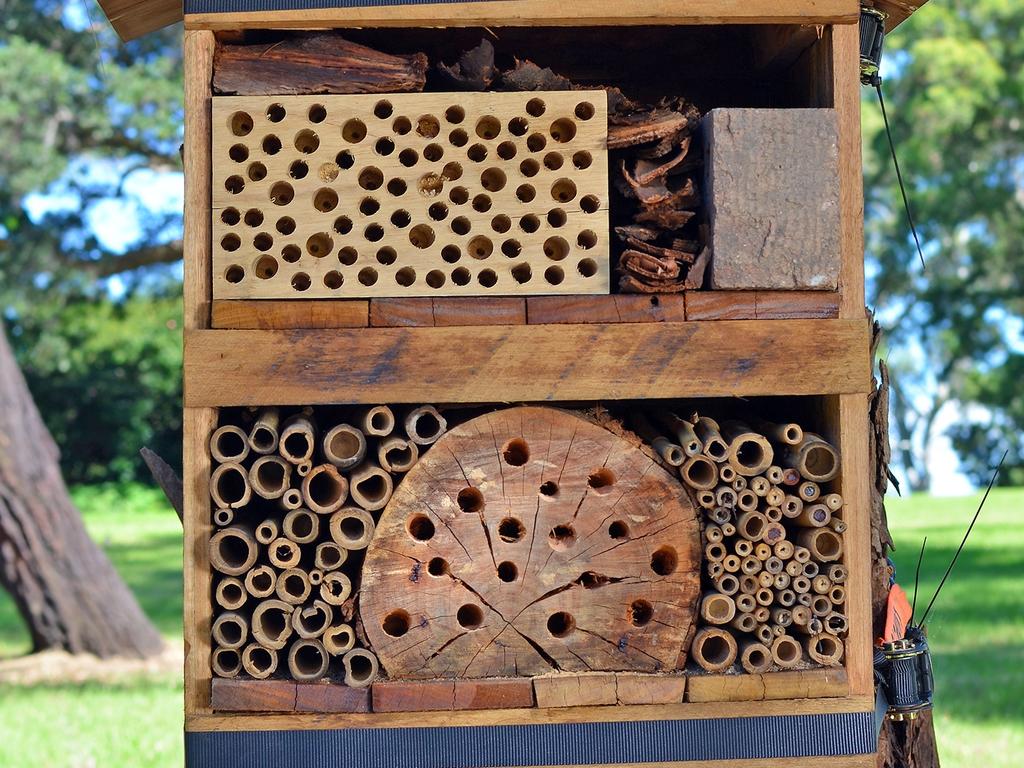
What you need
Bees, obviously. You can get anything delivered these days and bees are no exception.
The choice really comes down to European bees versus native Australian bees.
European bees are more hardy and really churn out the honey, but they are the stingers and need to be registered.
The safer alternative is to go with native bees, which are totally harmless and have no regulations surrounding them.
The downside is that they produce far less honey and struggle to survive anywhere south of Sydney.
You also need a hive, which are readily available online.
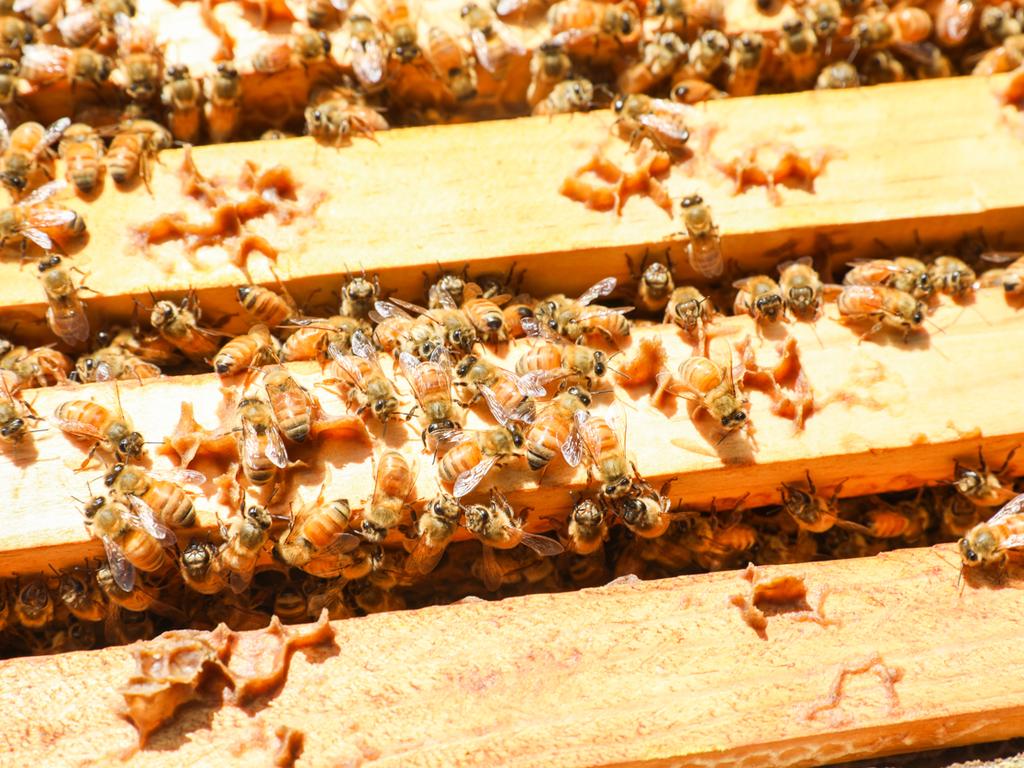
The most popular these days is the Flow Hive, allowing you to collect honey via a tap, without opening the hive.
A smoker is recommended for interactions with the bees as it makes them docile and far less likely to sting.
A white suit and protective head gear should also be purchased if you have European bees, which tend to attack darker colours and furry things, but leave white suits alone.
Finally you need space to keep the bees in, knowledge of what to do, and frankly some accommodating neighbours.
If you have neighbours who get antsy at a dog barking or kids playing football, then a hive of 20,000 bees might be pushing your relationship.
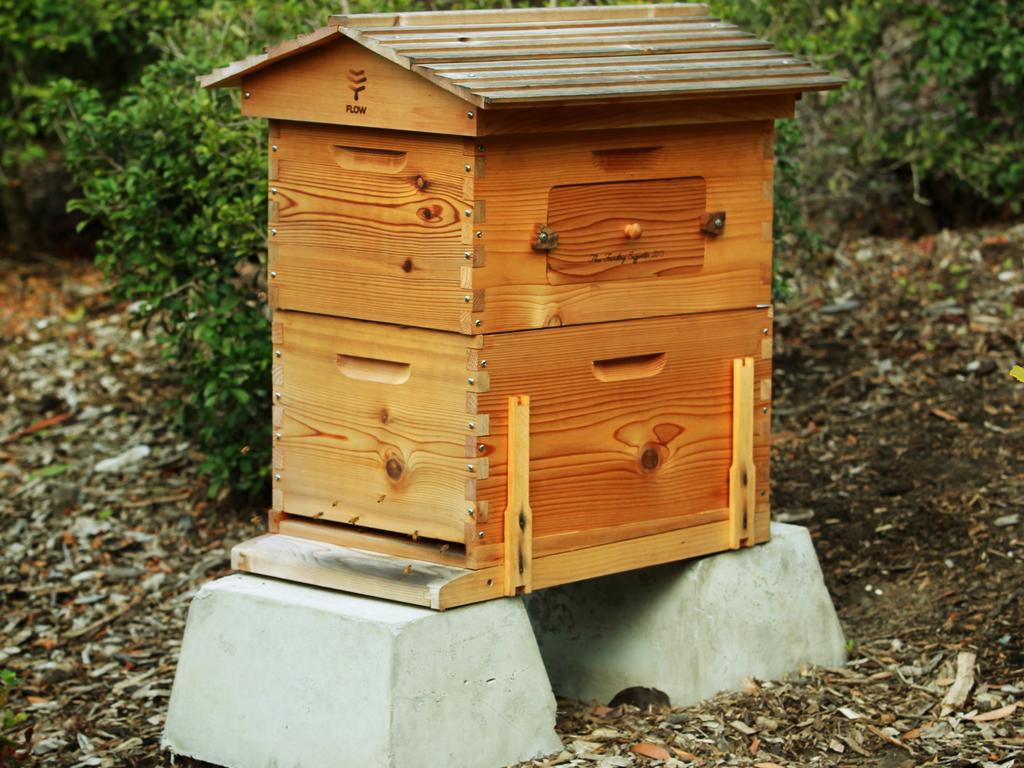
How to learn
In terms of bee-ing educated, you’ll be amazed by how many sites are online to guide you. Make sure that you stick to the local Australian websites – ideally your native state, if possible – as there are subtle differences between local conditions and regulations.
There are plenty of clubs worth joining, too.
The main things to be aware of are the regulations in your area and any fees or registrations you have to make.
How to draw off honey and what to do with it is also a bit of a learning curve.
But the biggest lesson you may have to deal with is re-queening.
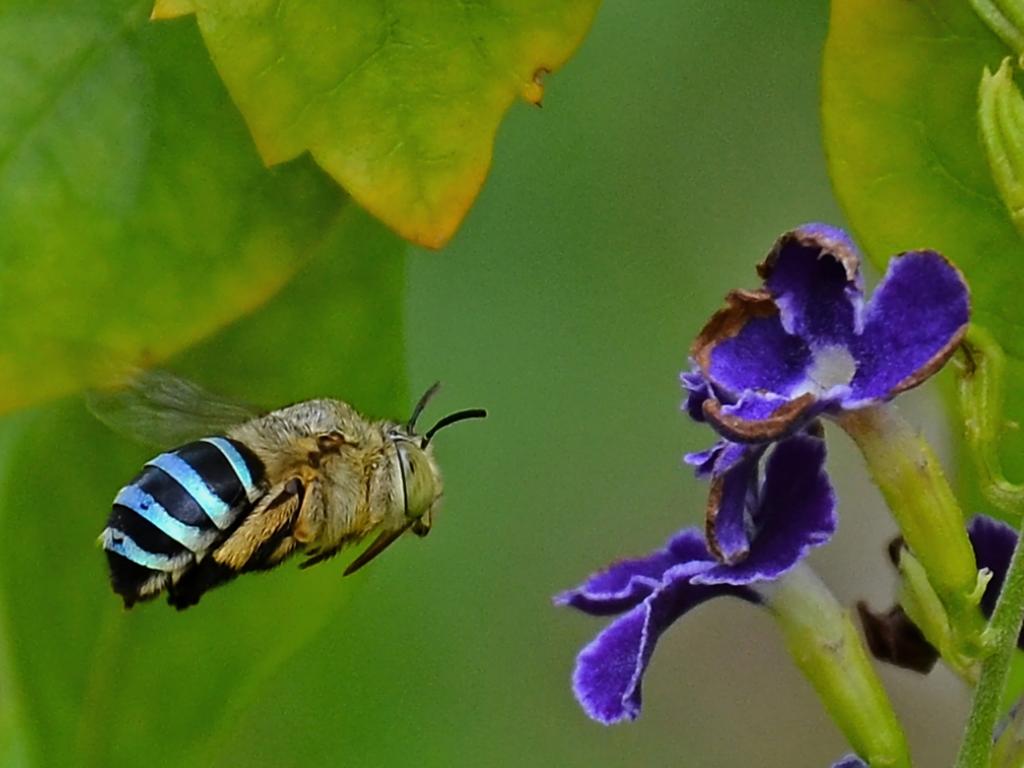
If a hive starts to get aggressive, it’s often down to the queen and her ‘Beyoncé of the bees’ attitude.
Only the queen reproduces in a hive of 20,000 bees and a calm queen will lay calm eggs. Everyone else in the hive is essentially affected by the culture this breeds, so if things go feral, you’ll need to replace the queen.
Again, believe it or not, a calm queen can be delivered.
Killing the old one and introducing the new one is probably the trickiest task you’ll face, though, so enlisting the help of other beekeepers is a good idea.
In spring, the hive starts to get too full and the queen will decide to swarm.
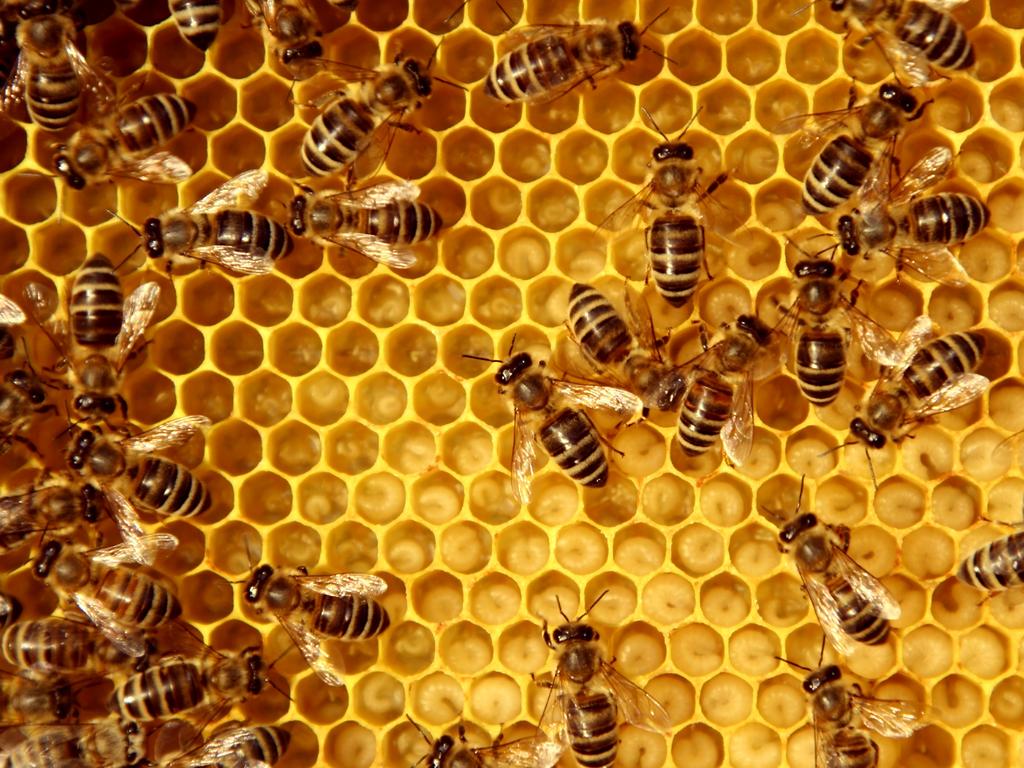
By taking the queen and half of the bees to another hive, you can actually trick her into thinking she’s swarmed.
Far better than her setting up camp in next-door’s kids’ cubby house.
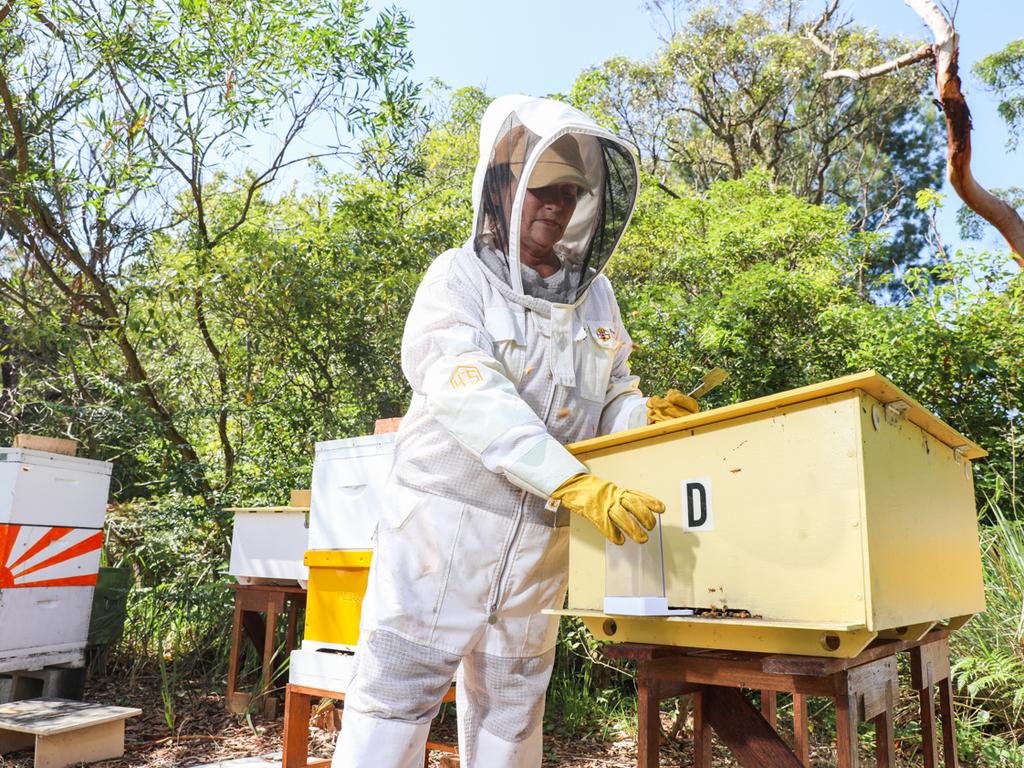
DID YOU KNOW?
■ 70 per cent of the crops we eat need bee pollination.
■ Hives are complex societies, with one queen serviced by the rest of the nest. Drones mate with her, while workers attend to the needs of the hive (security guards, builders, cleaners, nurses, scouts, transport etc).
■ Bees have two sets of wings, which can be harnessed to flap 16,000 times a minute – hence the buzz.
■ A bee meanders from flower to flower, but with enough nectar to return to the hive, it makes a beeline.
■ Bees have five eyes – a triangle of three on top of the head as kind of a light meter, and two compound eyes to see objects and colour.

Meet the beekeepers
Michelle Blyme says she is “obsessed with them”, lovingly tending her hive on someone else’s land in a semirural patch on Sydney’s Northern Beaches.
“A lot of people do put hives on other people’s property,” she says.
“I did because my dog is allergic to bees, so I had to move them for her sake.”
“She got four or five emergency trips to the vet (and) had a reaction again last year.”
Blyme, who works for a commercial keeper, says more than honey is at stake.
“You need to look after the bees,” she says.
“They do get diseases, so you need to know what you’re looking for.”
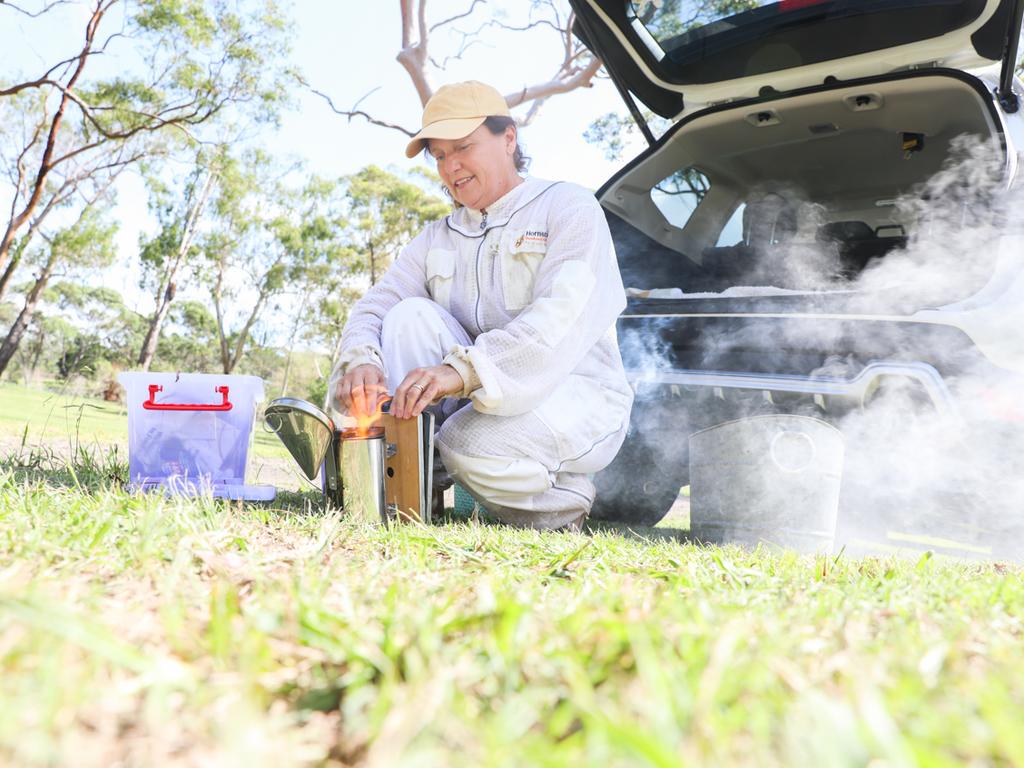
Varroa mite is the big threat; it reached Australia last year and scores of bees are being euthanised in a desperate attempt to eradicate it – the effects of an outbreak would devastate both the bees and Australia’s multi-billion dollar bee industry.
But for ‘new-bees’, Blyme recommends a beginner’s course; she teaches one at the North Shore Beekeepers Association.
Fellow member Jack Evans agrees it’s important to learn before starting a hive.
“Bees actually realise when you’re not confident and can attack you,” he says.
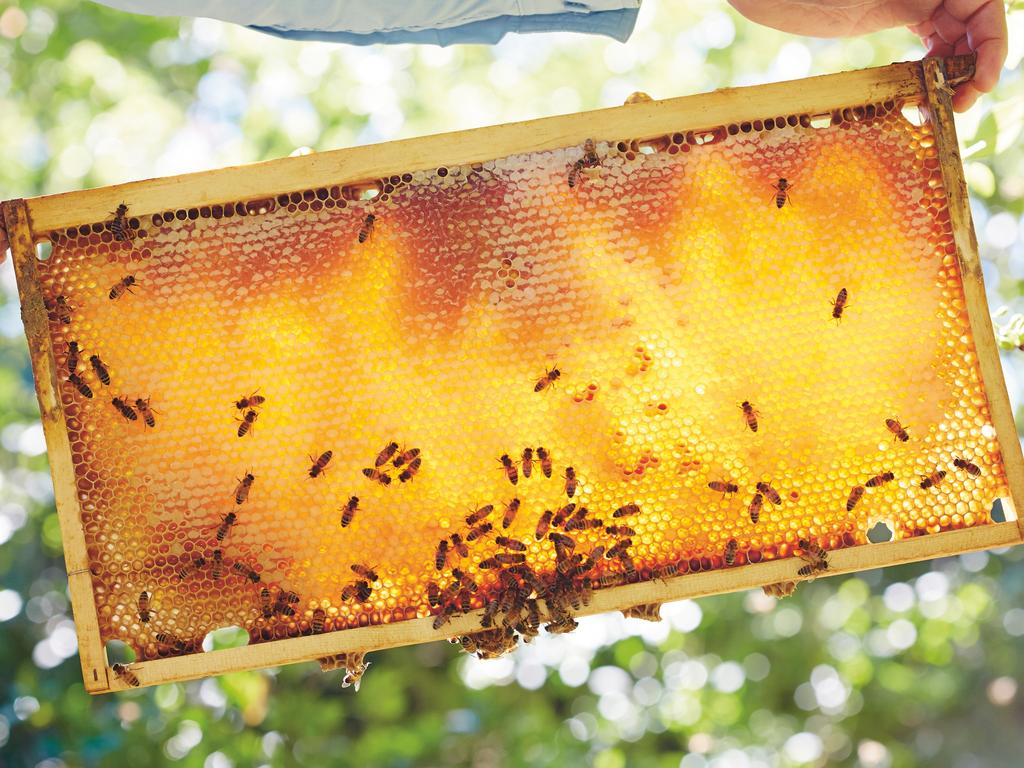
Registered with Beekeepers of Australia, Evans lives with 10,000 of his closest bee buddies. Like Blyme, he loves watching the ever-evolving environment.
“I’ve got a seat by the hive and twice a day I have a cup of tea and sit and watch the bees,” Evans says.
“Some days the bees are very docile and you can handle them with bare hands. The other day I … must have smelt different and I was stung a few times. It’s fascinating, though.” “Frustrating and rewarding at the same time.”
More Coverage
Originally published as Australian beekeeping for beginners: how to get honey without being stung




